The Pedal Geneology Project
A Family Tree Of Guitar Pedals
Where does your favourite gain pedal come from? What legendary fuzz or overdrive does it trace its DNA back to? And how can you actually map the evolution of something as delightfully chaotic as guitar pedals?
Welcome to the Guitar Pedal Genealogy Project, an experiment that combines machine learning, AI, and forum rabbit holes to build the most complete “family tree” of gain pedals the world has ever seen.
The family tree shown on this page, and linked in many places across allthepedals.com, shows the evolution of fuzz, distortion and overdrive guitar pedals over time. For a pedal to be "under" another effect in the family tree it does not have to have much in common on the circuit board, it doesn't even have to sound that similar, but if a pedal owes its entire existence to a prior effect then it appear under it on our family tree. This is not about "clones" or "mods" - it is about pedigree and history.
How We Built the Tree
We wanted this project to be smarter than just copying forum lore. So we used AI and natural language processing to sift through thousands of pedal product descriptions, reviews, and even circuit diagrams. Our algorithms flagged phrases like “based on the legendary…” and cross-referenced family ties between designs.
But even the best machine learning can only get you so far. When things got tricky, we went old-school: comparing schematics, reading interviews, and (yes) combing pedal forums for obscure circuit details. If a pedal was truly original, it became a “root” node. If it owed its existence to an older box, we called that out too.
Search for a pedal
Search for any of the 3000 gain pedals in our database to see where they fit in the family tree:
Where It All Started
After all the data crunching, AI analysis, and vintage ad-spotting, two pedals stood out as the true trailblazers:
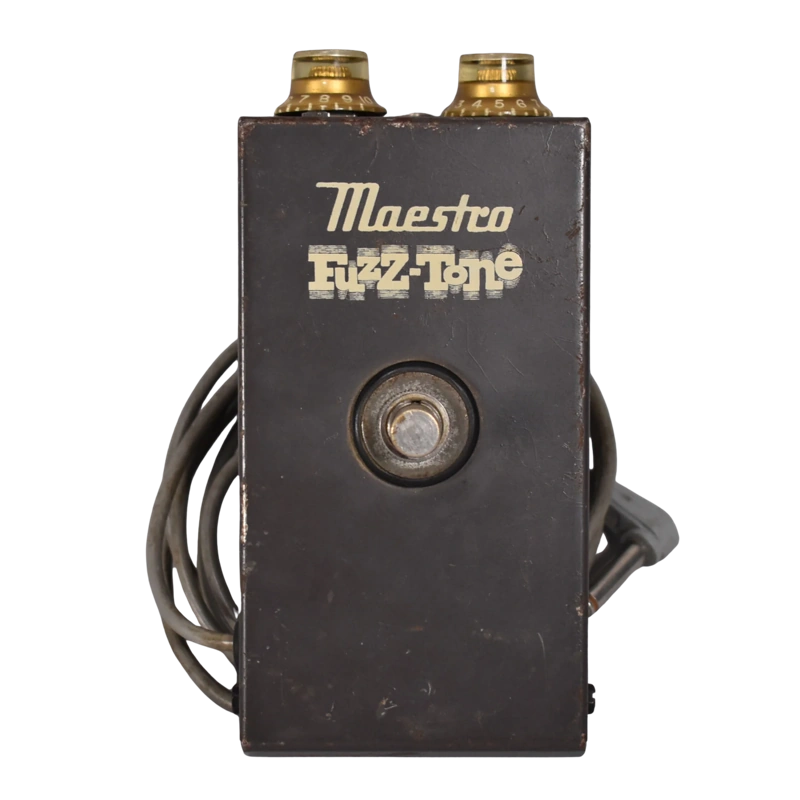
Maestro FZ-1 Fuzz-Tone (1962): The first commercial fuzz pedal. Its buzzy, splattering sound on the Rolling Stones' “Satisfaction” basically started the entire fuzz craze. Everything fuzzy owes something to this one.
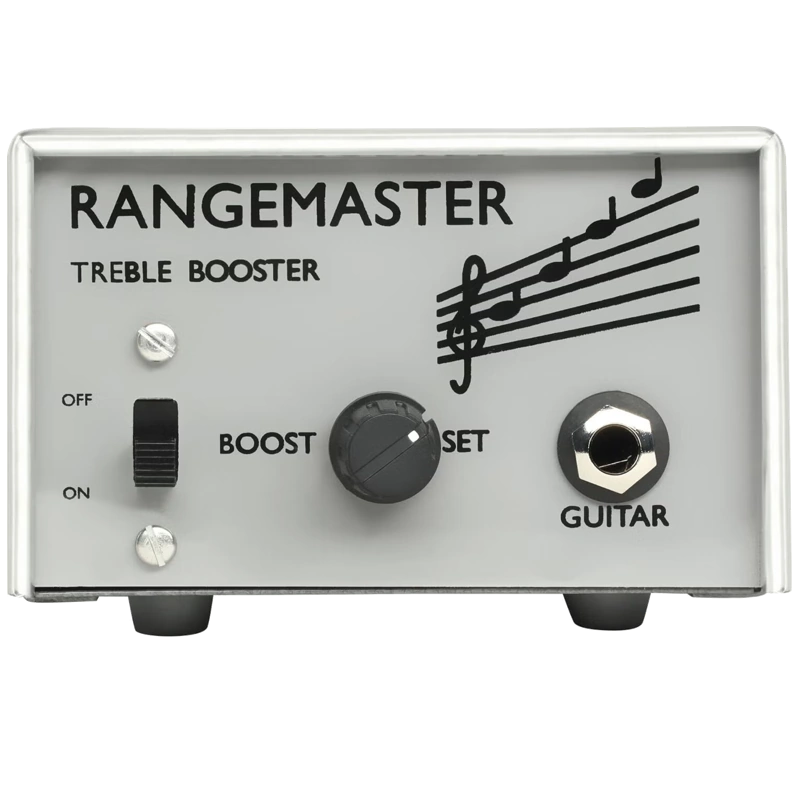
Dallas Rangemaster Treble Booster (mid-1960s): If you’ve ever tried to sound like Brian May or Eric Clapton in the '60s, this little box is why. The Rangemaster didn’t just boost, it pushed amps into glorious, singing overdrive, and invented a whole category of pedal.
Every classic gain pedal is descended from one (or sometimes both) of these two.
Branching Out
From there, the tree grows wild and wonderful. Here’s just a taste of the “family drama” that follows:
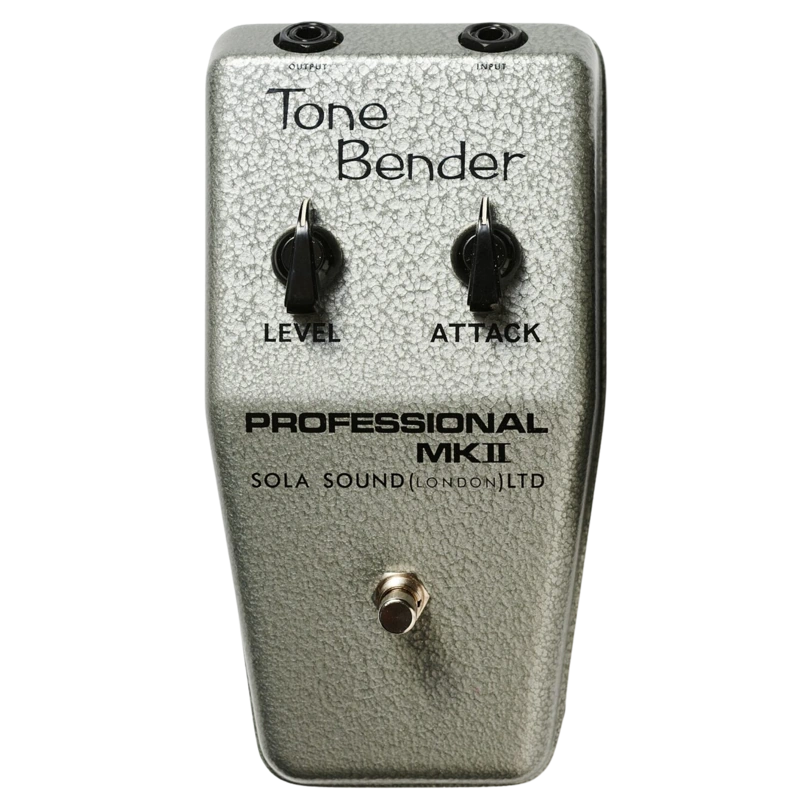
Sola Sound Tone Bender: Maestro’s British cousin, used by Jeff Beck and Jimmy Page. Spawned countless clones.
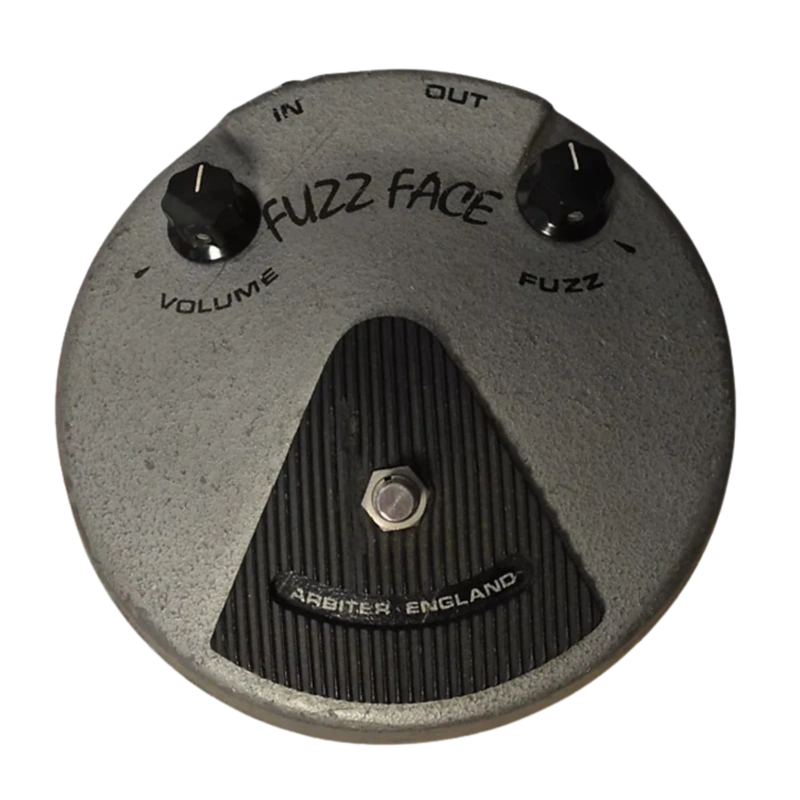
Dallas Arbiter Fuzz Face: The Hendrix sound. Still the blueprint for classic fuzz circuits.
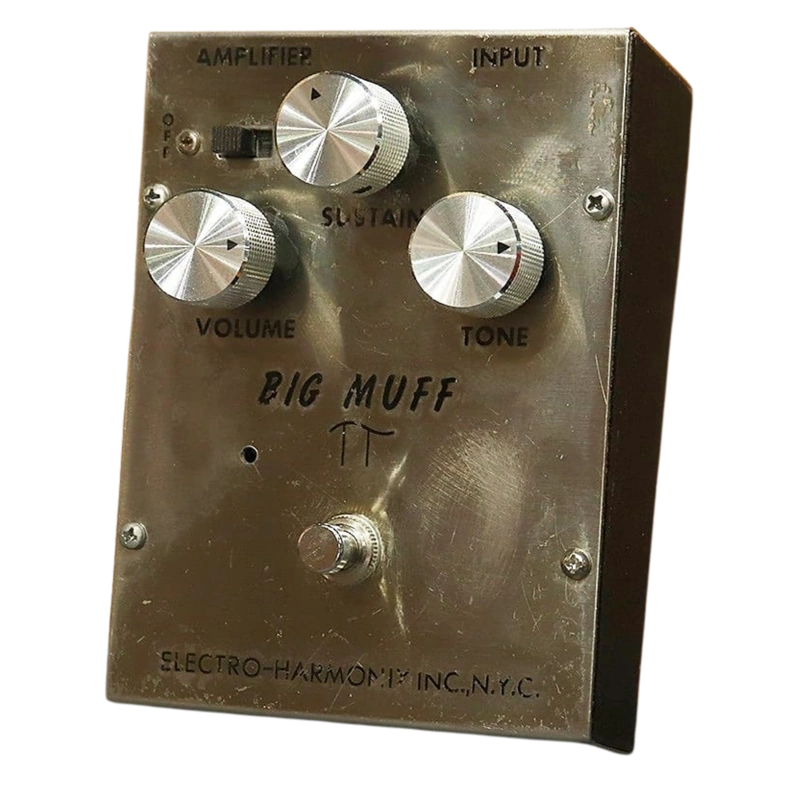
Electro-Harmonix Big Muff Pi: Thick, sustaining fuzz used by everyone from David Gilmour to the Smashing Pumpkins.
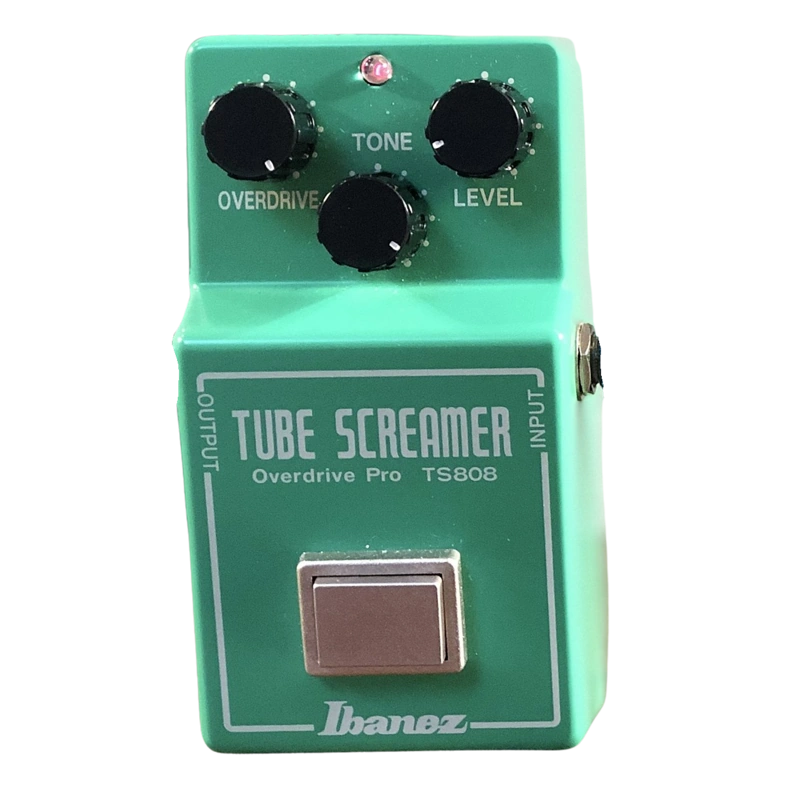
Ibanez Tube Screamer TS808: The world's most-copied overdrive. The mid-hump that launched a thousand blues solos.
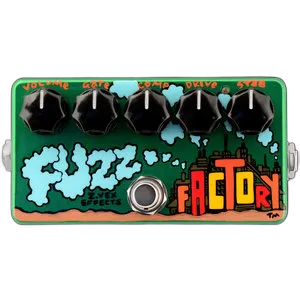
Zvex Fuzz Factory: A mad scientist’s twist on the Fuzz Face. Capable of chaos, oscillation, and pure inspiration.
We mapped out not just direct clones, but also big leaps, clever mods, and even the “spiritual descendants”, pedals inspired by a sound, even when the circuit is all-new.
Why It Matters (And Why It’s Fun)
Understanding a pedal’s genealogy isn’t just trivia. It’s the secret to why your new boutique fuzz reminds you of something from 1969, or why a “transparent” overdrive has a familiar feel underfoot. It’s also a blast for anyone who loves a good detective story, especially when AI uncovers family ties even the builders didn’t know about.
We’re still adding new branches. If you spot a missing link, let us know! This is a living project and your knowledge can help fill the gaps.
The Guitar Pedal Genealogy Project is a blend of code, curiosity, and a bit of rock & roll history. Whether you’re a collector, builder, or just a fan of good fuzz, we hope you enjoy exploring where your sound comes from.